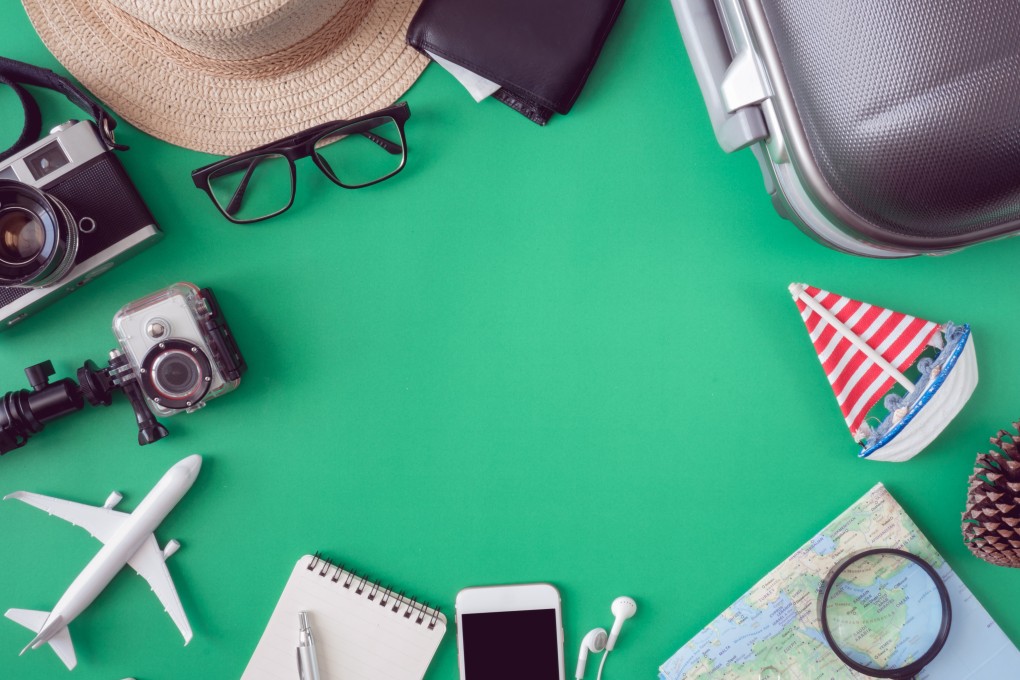How to find cheap flights – when air fare errors make first-class travel accessible to all
- Earlier this year, Cathay Pacific erroneously sold first and business-class tickets at economy-class prices
- Mistakes like these can be found, and taken advantage of, with the help of certain apps – here’s how

Customers who had paid the cheap fares breathed a sigh of relief when the airline tweeted, “Happy 2019 all, and to those who bought our good – VERY good surprise ‘special’ on New Year’s Day, yes – we made a mistake but we look forward to welcoming you on board with your ticket issued. Hope this will make your 2019 ‘special’ too! #promisemadepromisekept #lessonlearnt”
Mistake fares are lovely surprises that occur for a number of reasons, says Scott Keyes, the United States-based founder of Scott’s Cheap Flights, who likes to boast that he once travelled to Milan from New York for US$130 round trip because of one such blunder. “It can be caused by human error or by a fat-finger discount,” Keyes says.
He thinks his Milan fare probably was supposed to be US$1,300 – but because of a misreading or a slip of a finger, a zero was omitted, shaving US$1,000 off the cost of his ticket. This also happened in 2007, when customers were able to score a business-class flight from San Francisco to New Zealand for US$1,500 rather than US$15,000.
Currency conversion errors (in 2012, a flight from Myanmar to the US was US$300 because of a currency conversion mistake), an algorithm (in 2013, some people snagged flights to Hawaii from the US mainland for US$7 round trip because of a computer glitch) and other human errors (programmers may forget the fuel surcharge, for example) can lead to these mistakes.